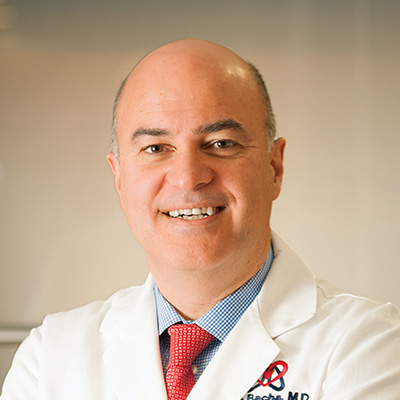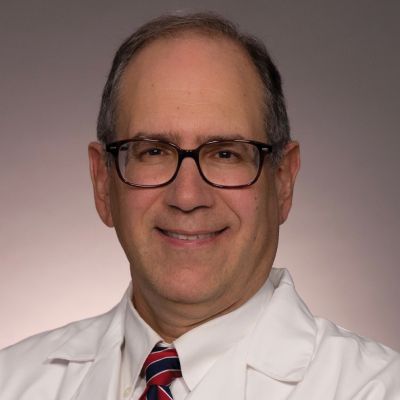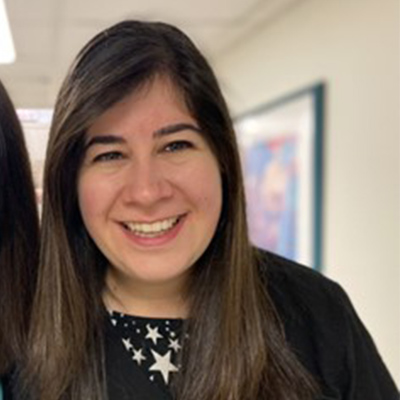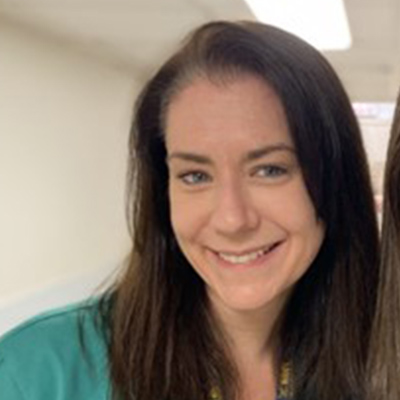In late 2022, a comprehensive care team at NewYork-Presbyterian/

Total artificial heart in a human body (photo courtesy of SynCardia)
As with any significant transplant procedure, the key to an effective recovery is having a dedicated care team from pre-op and surgery, all the way through to rehabilitation. NewYork-Presbyterian/
The Role of Rehabilitation Medicine in Transplant Recovery
The rehabilitation medicine team at NewYork-Presbyterian Morgan Stanley Children’s Hospital, including Atara Sheinson, OTR/L, an occupational therapist, and Kathleen Riley, DPT, a physical therapist, worked tirelessly with the ventricular assist device (VAD) and heart failure teams, attending their meetings, to ensure that the patient’s recovery progressed and that all pertinent staff weighed in on treatment. “We appreciate being involved so that rehab has a voice at the table and that we have the full support of this team during this phase of treatment,” says Sheinson. “The patient has this life-saving device, but if they don’t get stronger and are unable to do the things that are important to them, this would significantly impact quality of life. They wouldn’t be up and moving without this team approach.”
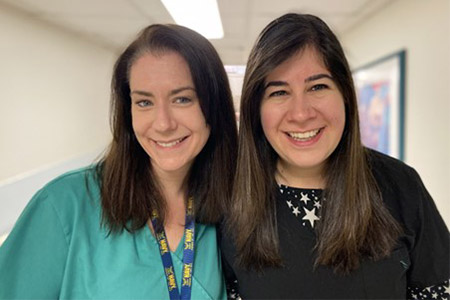
Kathleen Riley, DPT, and Atara Sheinson, OTR/L
The cross-collaboration between rehabilitation medicine and other specialties to bring patients back to optimal health is a hallmark of NewYork-Presbyterian. “You cannot do this without the entire team,” says Dr. Bacha. “The colleagues that you have here, the dedication that they show and how smart they are and how hardworking they are, is unbelievable. Without my colleagues, I might as well go do something else.”
According to Riley, the rehabilitation goals before transplant often include optimizing strength and building endurance and core and proximal hip strength. “That is where you are going to have most of your losses postoperatively, so we need to optimize them as much as we can beforehand,” she says.
“We expect some regression with regards to strength and independence with rolling and getting out of bed,” Sheinson adds. “This can change based on the duration of the surgery and if there were any complications. Swelling and pain management are also big factors.”
The Road to Recovery
After the TAH implant occurred, Sheinson and Riley dedicated a significant amount of time to work with the patient to prepare for the next transplant surgery. “We normally see patients at set frequencies when they’re in the hospital because we’re not a rehab institution,” says Sheinson. “But we felt very strongly that the only way they were going to succeed was if we gave a considerable amount of rehab. So, we have seen the patient every day that they have been medically stable. It required a team approach of four to five clinicians total for mobility initially and as she got stronger that number decreased.”
Sheinson and Riley focused a lot on helping to get the patient mobile after the TAH surgery, as it was a requirement to be listed for a new heart. Sessions utilized various specialty equipment and tailored exercise programs. “There’s a lot of research out there in terms of immobility,” says Sheinson. “For every day that you are in bed it can take a month to regain that strength.”
Immediately following the transplant, the rehab work began slowly. “We started with basic orientation and direction following, and helped to manage any delirium, if present,” says Sheinson.
Riley and Sheinson also work closely with the ICU nurses and transplant team on medical needs. The work slowly progresses from based on the patient’s medical status. “Based on pain medication, hemodynamic stability, and extensive line management needs, we initiate head of the bed elevation, working slowly and progressing their tolerance for position changes, such as sitting on the edge of the bed, standing, and getting to a chair or wheelchair,” says Sheinson.
Riley adds, “We also encourage trunk rotation and rib cage mobility as tolerated in the initial stages as patients may avoid these movements based on their chronic cardiopulmonary status.” Once the position changes are tolerable, the patient will progress to walking with assistance, with the goal of building stamina and strength to enable them to walk without assistance.
For pediatric patients, a major goal is to help them gain a sense of independence again. “We work to provide autonomy to kids as they feel they do not have control over anything after a transplant,” Sheinson says. “This means we try to give them choices and encourage them to collaborate with us versus forcing them to do what they need to do to recover. We want to normalize things that should be routine for her and try to optimize them as much as we can in the medical setting.”
As rehab staff in a pediatric hospital, Sheinson and Riley try to incorporate fun into the work where they can. “We incorporate play, socialization, and preparation for return to the community as part of the post-transplant recovery,” says Riley. “For the patient, we had a karaoke party pre-transplant and a special outing to the garden for her first outing outside in months, promoting lung function, family bonding, and social emotional considerations.”
Normalizing life post-transplant means working toward participation in activities of daily living such as grooming and dressing. Additional areas of focus include dynamic upright balance, return to leisure activities, and caregiver training to help with carryover and activity level between therapy sessions and for discharge. Sheinson and Riley work to support the patient, and their families, psychosocial needs.
Based on wound healing and clearance from the surgical team, “we work on scar healing and addressing adhesions under the skin so that the patients do not have ongoing movement and respiratory restrictions,” says Sheinson.
Due to the efforts of this integrated team, the patient is now in the early stages of recovery after transplant. The multidisciplinary care team will continue to collaborate on recovery, including regular rehabilitation and cardiac monitoring, to put them on the path to the most successful outcome and highest quality of life.




